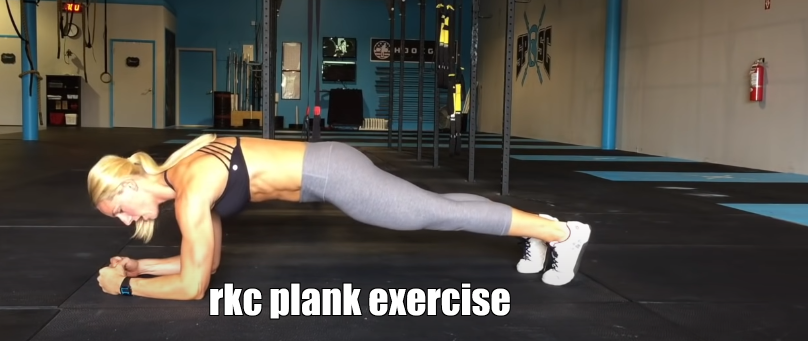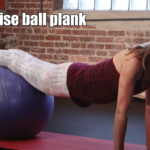Introduction to RKC Plank Exercise
In the quest for core strength and stability, the RKC (Russian Kettlebell Challenge) plank exercise stands out as a highly effective and challenging variation of the traditional plank. This exercise, stemming from Russian kettlebell training, intensifies the classic plank’s benefits through subtle but significant modifications. This article delves into the RKC plank exercise, exploring its unique attributes, benefits, techniques, and integration into your fitness regime.
The Essence of the RKC Plank
While the traditional plank is an excellent exercise for core conditioning, the RKC plank brings an intensified version to the table. The RKC plank focuses on creating maximum tension throughout the body, transforming the static hold into a more dynamic and challenging workout. This tension amplifies the engagement of core muscles, leading to improved strength and endurance.
Distinguishing Features of the RKC Plank
The key differences in the RKC plank lie in its execution. Unlike the standard plank, the RKC plank demands active engagement from multiple muscle groups. This includes pulling the elbows towards the toes and the toes towards the elbows, creating a bracing effect. Additionally, squeezing the glutes, tensing the thighs, and actively pressing the forearms into the ground make the RKC plank more demanding.
Benefits of the RKC Plank Exercise
The RKC plank offers several benefits over its traditional counterpart. By increasing muscular tension, it provides a more intense core workout, rapidly building strength and endurance. This heightened engagement also enhances metabolic rate, aiding in fat loss. Moreover, the RKC plank is effective in improving overall body stability and posture, making it a valuable exercise for athletes and fitness enthusiasts alike.
Read more: up and down plank exercise
Proper Technique for Maximum Effectiveness
Mastering the technique of the RKC plank is crucial for reaping its full benefits. Start in a traditional forearm plank position, ensuring your elbows are directly under your shoulders. Clench your fists and actively pull your elbows towards your toes, and your toes towards your elbows, without moving them. Squeeze your glutes as hard as possible and tense your thighs. Maintain a straight line from head to heels, and hold this position, focusing on creating maximum tension throughout your body.
Incorporating the RKC Plank into Your Routine
The RKC plank, due to its intensity, is best performed in short bursts. Start with holding the position for 10-15 seconds and gradually increase the duration as your strength improves. It can be incorporated into your core workout, used as a warm-up exercise, or added to a circuit training routine. The key is to maintain form and tension throughout the exercise.
Variations and Progressions
As you become more comfortable with the RKC plank, you can introduce variations to further challenge your core. These include lifting one leg, moving your arms and legs slightly away from your body, or performing the exercise on an unstable surface like a balance pad.
Safety Tips and Common Mistakes
While the RKC plank is a powerful exercise, it’s crucial to perform it safely. Avoid common mistakes like arching your back, dropping your hips, or relaxing your muscles. Always warm up before starting the exercise and stop if you feel any pain, especially in the back or shoulders.
Conclusion
The RKC plank exercise is a potent tool for enhancing core strength and stability. By focusing on creating tension throughout the body, it elevates the traditional plank to a more challenging and effective level. Whether you are an athlete looking to improve your performance or a fitness enthusiast aiming for a stronger core, the RKC plank is an excellent addition to your workout regimen.



